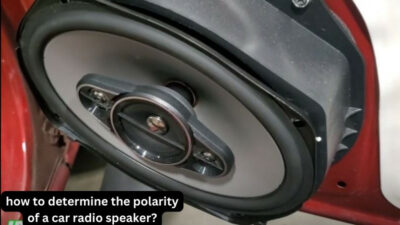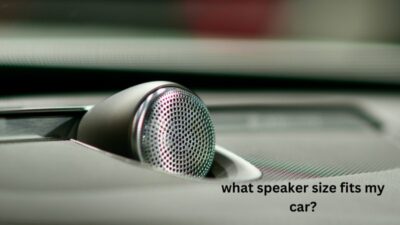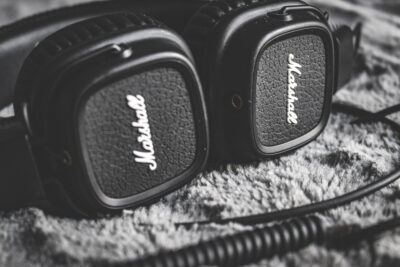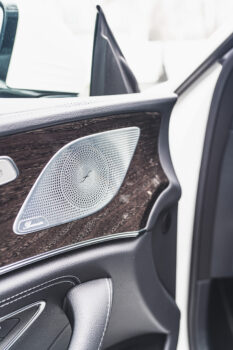how to determine the polarity of a car radio speaker?
Today we discuss the polarity of a car radio speaker. One must pay careful attention to the polarity of car audio speakers when installing or replacing them. The speaker’s proper polarity is essential for optimal performance and high-quality sound reproduction. Our article delves into the significance of identifying the polarity of car radio speakers, outlining various approaches to help you accurately determine the correct polarity.
Understanding Polarity:
Before we delve into the methods, let’s briefly understand what speaker polarity means. In simple terms, speaker polarity refers to the alignment of the positive (+) and negative (-) terminals of a speaker with the corresponding terminals in the audio system. When the polarity is correct, the speaker cone moves in and out in sync with the audio signal, producing accurate sound reproduction.
Importance of Polarity in Car Audio:
Maintaining proper polarity in a car audio system is essential for several reasons. Firstly, it ensures that all speakers in the system are in phase, meaning they work together to produce a cohesive and balanced soundstage.
Additionally, correct speaker polarity prevents phase cancellation, where certain frequencies can cancel each other out, resulting in a loss of sound quality.
Methods to the polarity of a car radio speaker:
Method 1: Visual Inspection
One of the simplest methods to determine speaker polarity is through visual inspection. Many speakers have markings indicating the positive (+) and negative (-) terminals. Ensure that you connect the positive terminal of the speaker to the corresponding positive terminal of the car audio system.
Method 2: Using a Multimeter
A multimeter can be a handy tool for determining speaker polarity. Set the multimeter to measure DC voltage and touch the positive lead of the multimeter to the positive terminal of the speaker while touching the negative lead to the negative terminal. If the multimeter displays a positive voltage reading, the polarity is correct. If it shows a negative reading, reverse the speaker connections.
Method 3: Using a 9V Battery
This method involves using a 9V battery to determine speaker polarity. Disconnect the speaker from the car audio system and temporarily connect the positive terminal of the speaker to the positive terminal of the battery and the negative terminal of the speaker to the negative terminal of the battery. If the speaker cone moves forward, the polarity is correct. If it moves backward, reverse the connections.
Method 4: Phase Test Track
Certain audio tracks are specifically designed to help determine speaker polarity. These tracks have phase-reversal cues that cause the sound to be noticeably different when the speakers are out of phase. By listening to these tracks and comparing the sound with the speakers in phase and out of phase, you can determine the correct polarity.
Tips and Precautions:
- Always refer to the speaker’s manual or documentation for polarity markings and instructions.
- Double-check the connections before finalizing them to avoid any errors.
- Be gentle when handling the speaker wires and terminals to prevent damage.
- Ensure that the car audio system is turned off when making or changing speaker connections.
Faqs for polarity of a car radio speaker:
Connecting speakers with the wrong polarity can lead to phase cancellation and poor sound quality. It can result in a loss of bass response and a less defined soundstage.
Yes, the methods mentioned in this article can be used to determine the polarity of speakers in various audio systems, including home audio setups.
If your speakers do not have polarity markings, you can use a multimeter or the battery method to determine the correct polarity.
Connecting the speakers with the wrong polarity will not damage the speakers. However, it will result in suboptimal sound reproduction.
It is not recommended to reverse the polarity of only one speaker in a stereo setup. It is crucial to maintain consistent polarity across all speakers for proper sound reproduction.
Yes, these methods can be used for factory-installed car speakers as well. However, accessing the speaker terminals may require additional steps depending on the car model.
Conclusion
It is imperative to ascertain the polarity of your car radio speakers to experience the finest sound quality and performance. This article provides step-by-step guidance to help you connect your car audio speakers accurately. It is crucial to be precise and take all necessary measures for a hassle-free installation or replacement. Follow these guidelines with confidence and enjoy superior sound quality in your car.





